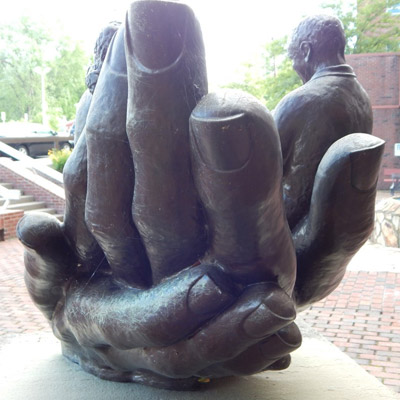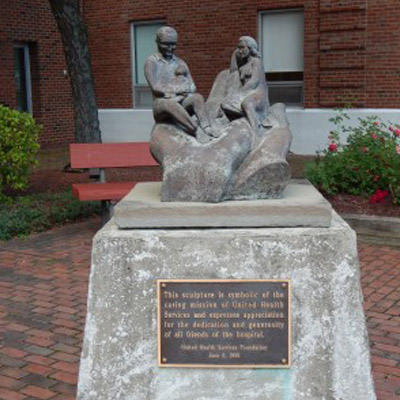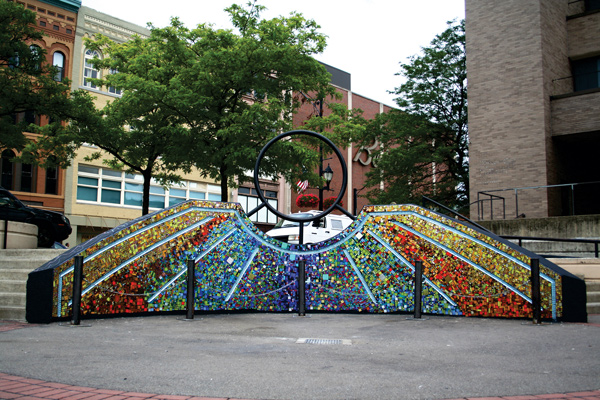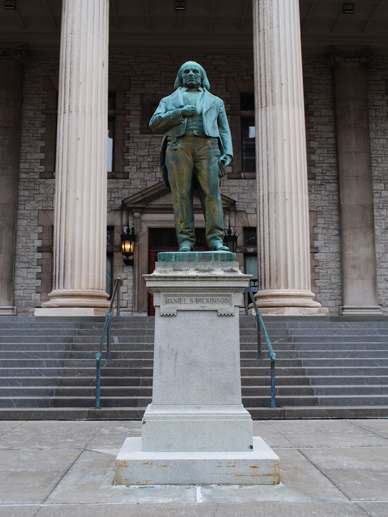Artist Spotlights – interviews with BCAC artists
Natalie Dadamio

Matthew Wilson

Colette Chermak

Colette Chermak (she/her, b. 2001) is an interdisciplinary painter and photographer native to Binghamton, New York. Chermak strives to capture the beauty and fragility of nature’s fleeting moments, using her translation of the sublime to confront society’s contributions to wider environmental crises. Her work also reflects on the ever-growing socio-political divisions that perpetuate hostility and fear. She is the recipient of a 2024 Broome County Arts Council Artist Residency.



































